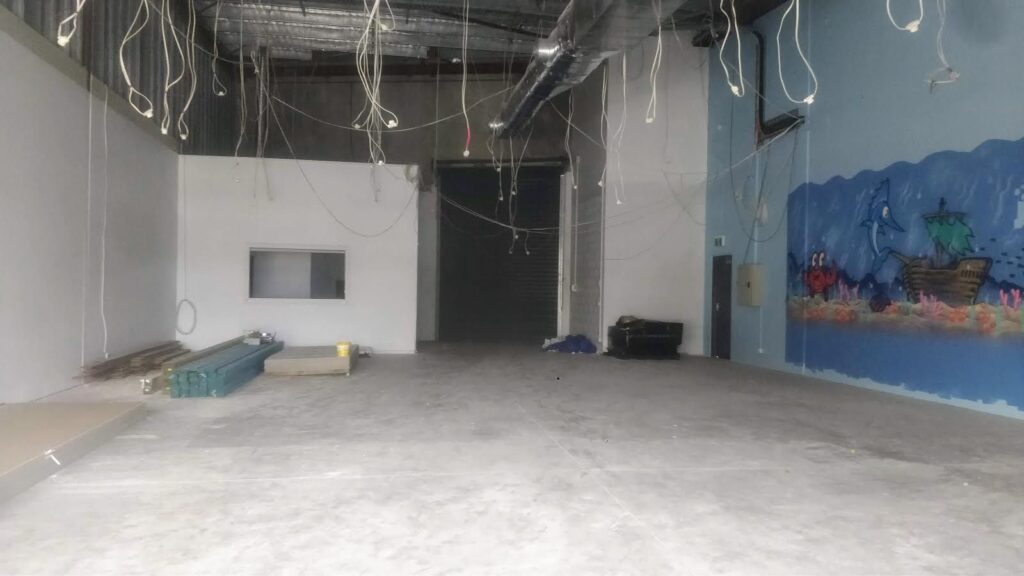
An operating arm of ailing franchise brand JUMP! Swim School may have been trading insolvent for up to three years, an administrator’s report has revealed.
The report, obtained by Inside Franchise Business, was handed down to Swim Loops Pty Ltd (Swim Loops) creditors last week and details a long-list of issues relating to the brand’s franchising entities. Not the least of which being an unsecured creditor debt totalling $15.2m.
Administrator Glenn O’Kearney of GT Advisory’s report said the company’s financial failings could be traced back to poor management.
“My view is that the company’s financial position can be largely attributed to a lack of working capital and poor budgeting control in relation to both revenue and expenses,” the report stated.
The administrator indicated that the director had likely “lost control over the company’s operational expenses”. Those expenses were revealed to have far exceeded the income in which JUMP! was able to generate through working schools.
Several transactions made by Swim Loops were also flagged as potentially uncommercial, making them subject to further review by a liquidator.
In or around March 2016, Swim Loops sold JUMP! Swim Schools intellectual property to a related entity for $1. Additionally, the company also transferred six corporate-operated swim schools to a related entity for an amount equal to the fit-out cost.
Unsecured creditors
The report went on to disclose that of the $15.2m owing, more than $10m was owed to JUMP! Swim Schools franchisor Jump Loops.
O’Kearney’s report said significant trading losses, totalling $10.5m and reaching as far back as 2013 had hamstrung profitability, resulting in Jump Loops funding a large portion of the business’s loss-making operations.
“Subsequently, the company was forced to rely on third party funding from JL (Jump Loops) and others.”
Compounding the financial burdens were increasing franchisee costs, relating primarily to rents paid for non-operational sites.
The non-operational sites have been the subject of much discussion since reports first made headlines in January this year. The administrator’s report went on to reveal that the resulting legal issues between franchisees and landlords had also contributed to the trading losses.
The administrator said that based on the financial statements provided, only a substantial capital injection and a significant reduction in operating expenses would have enabled the business to continue without entering administration.
“A large capital injection may have allowed the business to reduce its debt owing to its unsecured creditors while being able to continue to trade. A significant reduction in the company’s operating expenses would be required to ensure the company’s future income is sufficient to cover its expenses in full moving forward,” the report states.
Investigation revealed that since the administrator’s appointment, several steps have been implemented to cut down on expenses.
Specifically, JUMP!’s staff numbers have reduced drastically from 25 to 12, with the group leaving head office premises and cutting monthly overheads by more than half.
JUMP! arm trading insolvent
The reduction in expanses wasn’t enough to salvage the brand from fresh concerns, however. The significant trading losses compounded across several years raised suspicions of trading insolvent.
While in the case of Swim Loops, no exact date of insolvency has been determined, the administrator estimated it was likely to be around 30 June 2016.
“My preliminary investigations indicate that the company may have been trading whilst insolvent for up to three years,” the report stated.
“I have reached this preliminary view primarily as a result of the significant ongoing trading loss from the 2016 financial year onwards and the level of debt that began to accrue from that period onwards (including debts owing to related parties).”
Furthermore, the creditor’s report revealed that the company may be considered to have been insolvent from inception, based on statements that suggest it regularly had insufficient current assets to meet current liabilities.
Speaking with The Age and Sydney Morning Herald, a spokesperson for JUMP! denied the report, declaring that the company had been issued a ‘statement of solvency’ upon completion of annual audits.
“The administrator has only formed a preliminary view on potential insolvent trading and has clearly disclosed this would require further investigation,” the spokesperson told SMH’s Emma Koehn.
While the administrator’s findings suggest systematic issues are at hand, director Ian Campbell will have to wait until a review of overall insolvency is competed to learn his fate.
Under the Corporations Act 2001 (Cth) (the Act), a director is personally liable to the company if they fail to prevent it incurring a debt whilst the company is insolvent, or likely to become insolvent as a result.
Regardless, the administrator suggested that the director’s personal assets were not substantial enough to warrant pursuing.
Deed of Company Arrangement
The primary recommendation outlined in the report was the implementation of a Deed of Company Arrangement (DOCA).
The administrator suggested that the DOCA would result in a stronger arrangement for creditors, as opposed to entering liquidation or winding the company up.
“Placing the company into liquidation will likely result in a lower or nil return being available to creditors than under the proposed DOCA. The proposed DOCA allows for a contribution of $350,000 which would not be available in liquidation,” the report states.
The administrator also said that the continued trading of the company under a DOCA would improve the recoverability of current debtors.
While the likelihood of recovery for creditors remains unknown at this time, come Monday, they may have an answer.
June 24 sees the second creditors’ meeting held since the company was placed in voluntary administration in May. Administrator Glenn O’Kearney will be advocating for a DOCA, however, only time will tell what happens for the under-fire franchisor.

